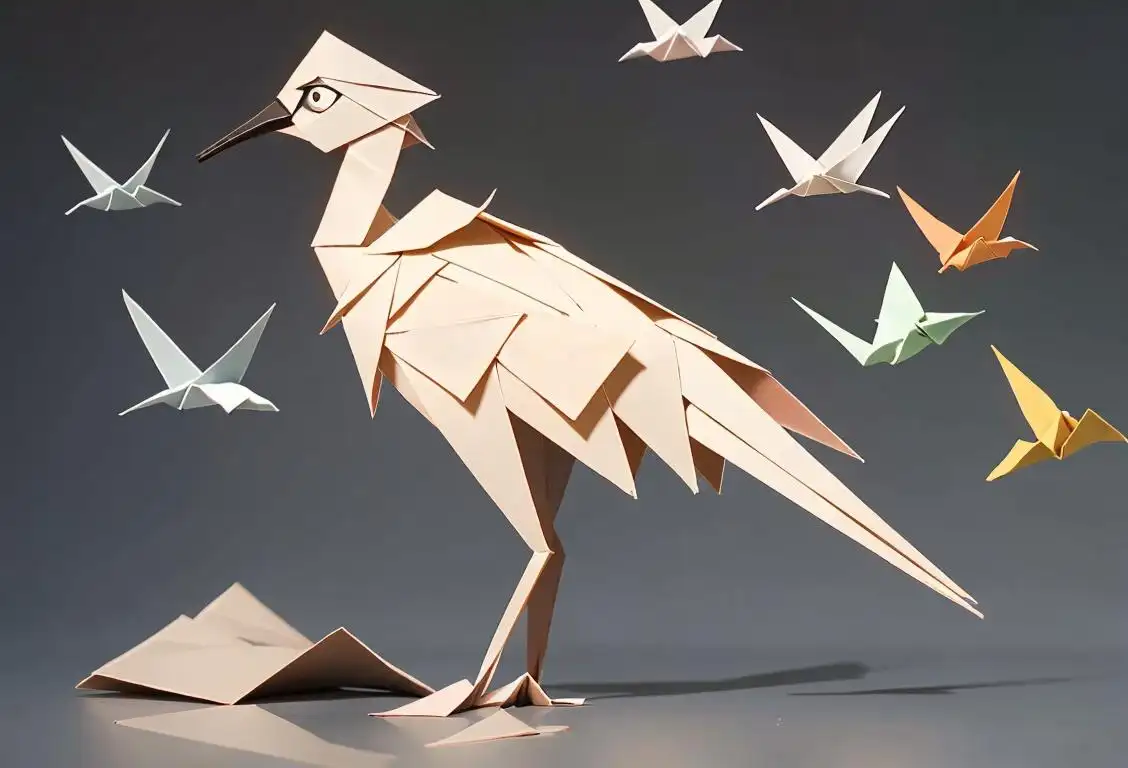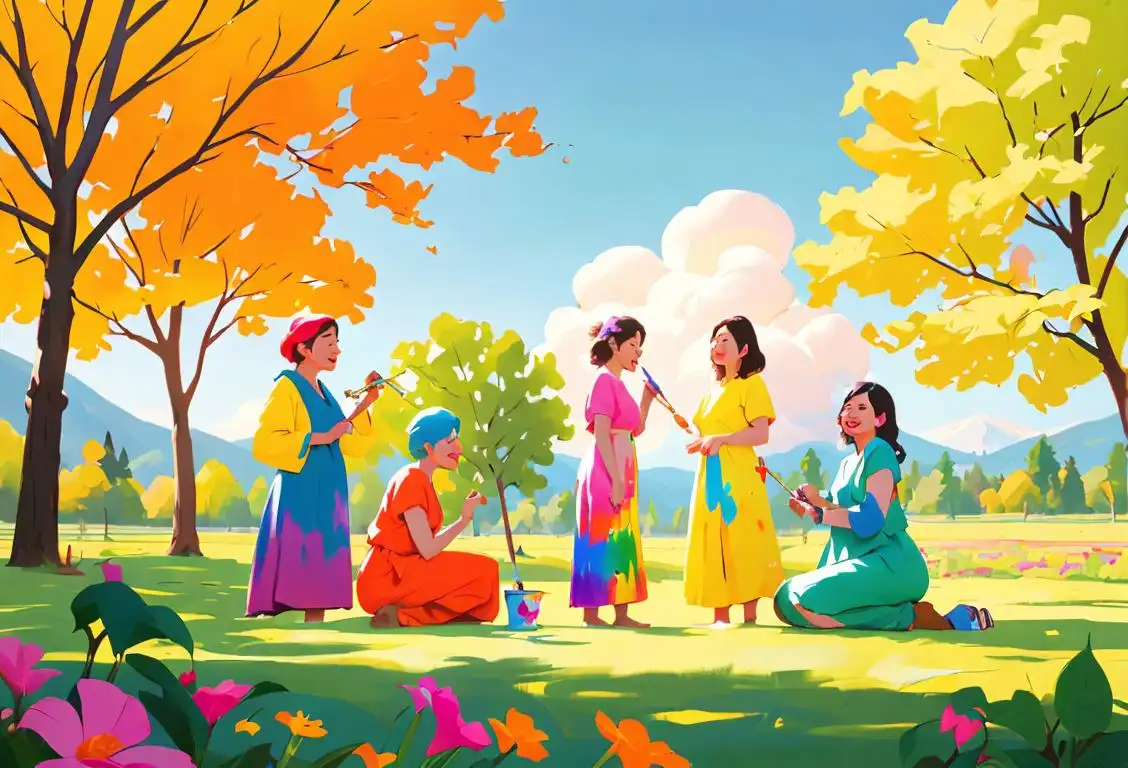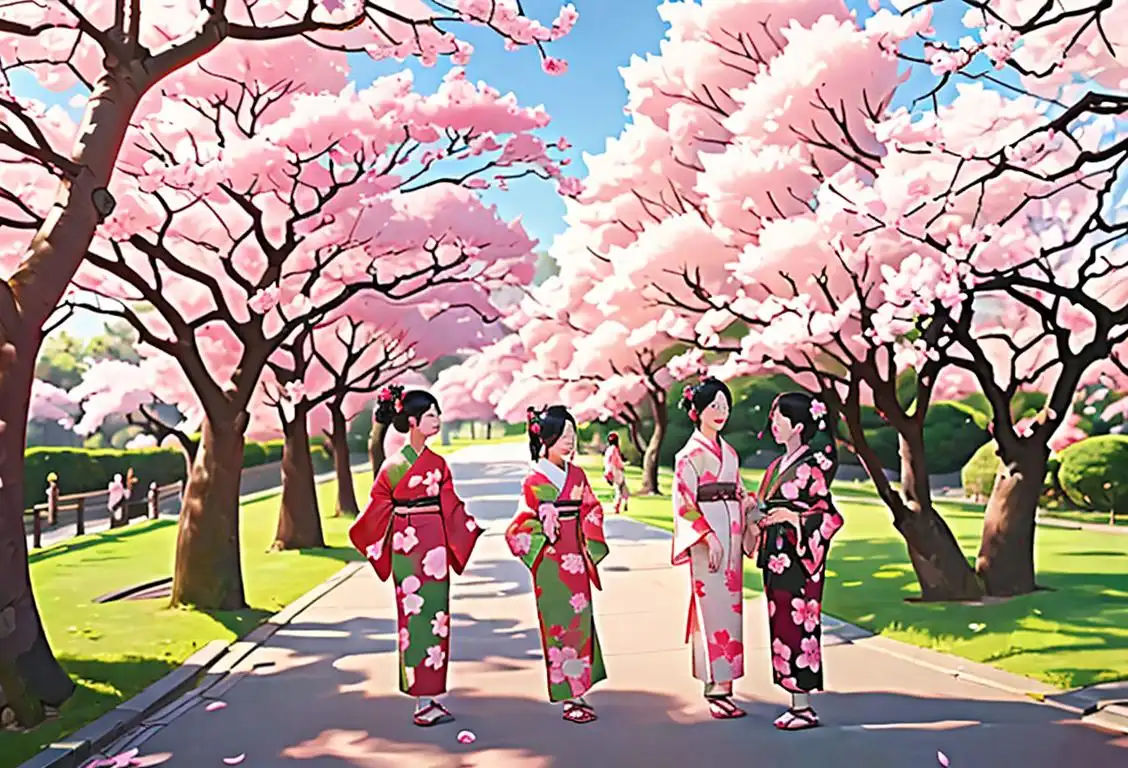National Origami Day

Hey there, origami enthusiasts and paper-folders extraordinaire! Are you ready to celebrate National Origami Day? Get your nimble fingers and colorful paper ready because we're about to dive into the fascinating world of origami. Prepare to be amazed!
When is Origami Day?
It's national origami day on the 11th November.
The Art of Folding
Origami, the traditional Japanese art of paper folding, has captured the hearts and minds of people all around the world. The word 'origami' is derived from two Japanese words: 'oru' meaning to fold and 'kami' meaning paper. Together, they create a beautiful craft that has been passed down through generations.
Origami uses a single sheet of paper, with intricate folding techniques, to create various shapes, animals, and objects. The possibilities are endless, limited only by your imagination and the size of your paper. From simple designs like the classic paper crane to complex sculptures that challenge even the most skilled fingers, origami offers a delightful way to engage your creativity.
The Internet and Origami
In this digital age, origami has found a new canvas - the internet. Online communities dedicated to origami have sprung up like colorful blossoms, bringing together enthusiasts from across the globe. They share their creations, exchange folding techniques, and offer tips and tricks to help beginners navigate the world of origami.
YouTube, in particular, has become a treasure trove of origami tutorials. From step-by-step instructions to time-lapse videos, you can find a tutorial for almost any origami design you can imagine. So, if you've ever wanted to fold a swan, a dragon, or even a T-rex out of paper, the internet is here to guide you on your folding adventure.
Celebrating National Origami Day
Now that you're armed with the knowledge and resources to become a master folder, let's talk about how we can celebrate National Origami Day. Here are a few ideas to get you started:
- Organize an Origami Workshop: Gather your loved ones or friends and host a fun origami workshop. Share your favorite designs and learn from one another.
- Create Origami Decorations: Fold colorful paper into beautiful decorations for any occasion. From Christmas ornaments to birthday banners, let your creativity shine.
- Origami Challenge: Challenge yourself to fold a new design every day for a week. Share your creations on social media and inspire others to join in the fun.
Remember, National Origami Day is all about appreciating the beauty and skill involved in this ancient art form. So, grab some paper, fold away, and let your imagination take flight!
History behind the term 'Origami'
6th century
Inception of paper folding
In the 6th century, paper folding techniques were developed in China. This early form of origami, known as 'zhezhi,' involved folding paper to create various shapes and objects.
7th century
Introduction to Japan
During the 7th century, Buddhist monks brought paper folding to Japan as part of their cultural exchange with China. The monks used origami to make religious symbols and decorative offerings.
17th century
Rise of recreational origami
Origami became popular as a recreational activity in Japan during the 17th century. Folding techniques were shared among the samurai and the aristocracy, leading to the development of more complex designs.
19th century
Publication of 'Kan no mado'
In 1797, the first known origami book titled 'Kan no mado' (Window on Midwinter) was published in Japan. This book documented various folding techniques and introduced the concept of folding diagrams.
20th century
Spread of origami worldwide
Origami gained international popularity in the 20th century. Artists such as Akira Yoshizawa and Robert J. Lang pioneered new techniques and designs, pushing the boundaries of what could be achieved with just a single sheet of paper.
2005
Recognition as a global art form
In 2005, the first-ever Origami World Exhibition was held in Tokyo, Japan, showcasing the intricate work of renowned origami artists from around the world. This event solidified origami as a recognized and respected art form on a global scale.
Did you know?
Did you know that the largest origami display ever created featured over 2,000 folded cranes? It took a team of dedicated folders three months to complete. Talk about patience and commitment!Tagged
fun loved ones creativityFirst identified
11th November 2015Most mentioned on
11th November 2020Total mentions
38Other days
Unplugged Play Day
Make A Hat Day
Make Life Beautiful Day
Alfa Day
Super Canvass Day
Origami Day
Walk Day
Photo Day
Play Doh Day
Haku Day








